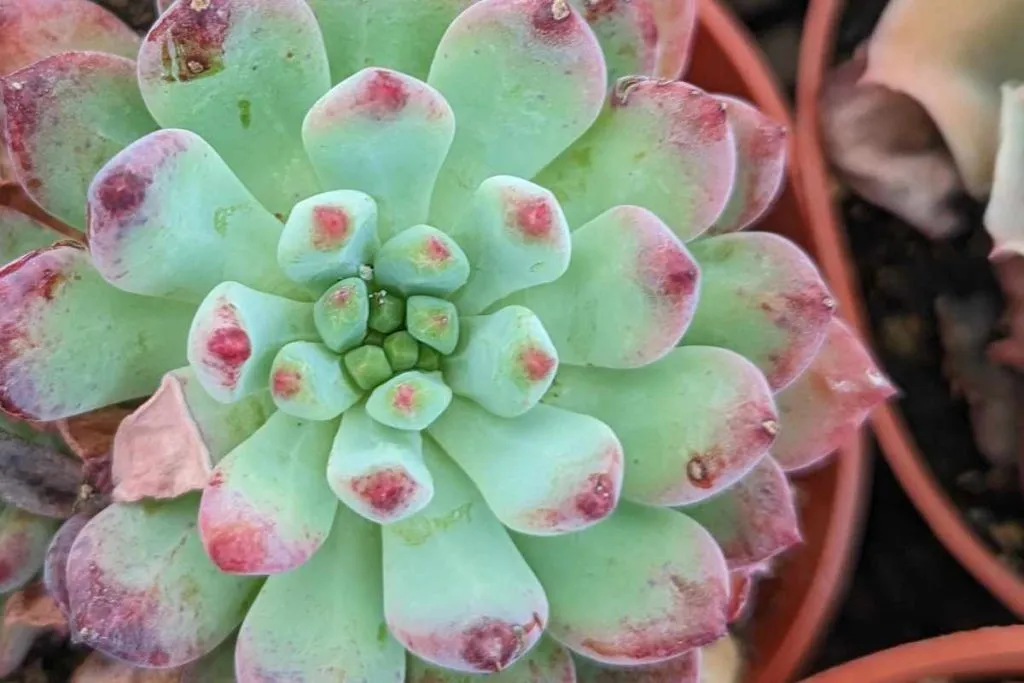Discover the Particular Plants That Are Negatively Impacted by Epsom Salt Application
Epsom salt, a prominent house remedy for various gardening distress, is typically commended for its helpful results on plant growth. Nonetheless, not all plants react favorably to its application. Understanding the details plants that can be detrimentally affected by Epsom salt is critical for any kind of gardener aiming to optimize their plant treatment routine. Roses, tomatoes, azaleas, rhododendrons, and peppers are simply a few instances of plants that might not react well to Epsom salt. The reasons behind these negative effects and how to mitigate them are necessary understanding for preserving a thriving yard.
Roses

Roses, specifically conscious changes in their environment, can be negatively impacted by the application of Epsom salt. While Epsom salt is typically made use of as a fertilizer to advertise plant growth and enhance flowering, roses are one of the plants that do not respond well to its application. The high magnesium content in Epsom salt can disrupt the uptake of various other essential nutrients by the rose plants, bring about deficiencies that show up as yellowing fallen leaves or stunted development.

Tomatoes
Tomatoes, recognized for their versatility in culinary applications, can display negative effects when exposed to Epsom salt because of their certain nutrient demands. While Epsom salt is commonly promoted as a remedy for various plant problems, consisting of bloom end rot in tomatoes, its application can lead to detrimental outcomes if not utilized deliberately. Tomatoes are hefty feeders that call for a balanced intake of nutrients, particularly calcium, to flourish. Extreme Epsom salt, which is magnesium sulfate, can interrupt the fragile nutrient equilibrium needed by tomatoes, possibly causing deficiencies in other necessary nutrients like calcium. This imbalance may materialize in signs such as stunted growth, yellowing fallen leaves, and even reduced fruit manufacturing in tomatoes. As a result, when taking into consideration the usage of Epsom salt on tomatoes, it is essential to follow recommended application rates and soil screening to avoid unplanned repercussions on the general health and wellness and performance of these cherished garden plants.
Peppers
Peppers, admired for their numerous shades and levels of spiciness, can show sensitivity to adverse influences from Epsom salt when not used with care and consideration for their particular nutritional demands. what plants don't like epsom salt. Peppers, belonging to the Solanaceae family members, call for a delicate equilibrium of nutrients to prosper. While Epsom salt is understood to increase magnesium degrees in plants, excessive application can interrupt this balance, bring about negative impacts on pepper plants
When peppers are exposed to high degrees of magnesium from Epsom salt, it can conflict with the plant's ability to absorb various other essential nutrients like calcium and potassium. This imbalance might show up in symptoms such as leaf staining, stunted development, and decreased fruit manufacturing. Additionally, the excessive magnesium can alter the soil pH, further worsening nutrient uptake issues for peppers.

Rhododendrons
Provided the level of sensitivity of particular plant varieties to inequalities triggered by Epsom salt, it is important to take into consideration the influence on Rhododendrons, which likewise need certain nutrient degrees to flourish. Rhododendrons are acid-loving plants that like acidic dirt problems with a pH array between 4.5 and 6.0. Epsom salt, chemically referred to as magnesium sulfate, can alter the soil pH and disrupt the delicate balance of nutrients crucial for Rhododendron health and wellness.

To maintain the optimum development and health of Rhododendrons, it is important to avoid the unplanned usage of Epsom salt and instead focus on supplying the certain acidic dirt conditions and nutrients that these plants require for growing.
Azaleas
These get more prominent blooming plants are typically found in parks, gardens, and landscapes due to their elegance and adaptability. While Epsom salt is generally utilized as a remedy for magnesium deficiency in plants, its application to azaleas can have unfavorable impacts.
When Epsom salt is put on azaleas, it can modify the soil pH, making it extra acidic. Azaleas like a little acidic soil problems, and an excess of magnesium from Epsom salt can disrupt this balance, resulting in nutrient imbalances and prospective toxicity concerns. The inaccurate application Click Here of Epsom salt can cause stunted development, yellowing of fallen leaves, and overall decrease in the health and wellness of azaleas. Therefore, it is crucial to be mindful when considering the usage of Epsom salt on azaleas to avoid any type of negative effects on these delicate ornamental bushes.
Conclusion
Finally, it is essential to be knowledgeable about the specific plants that can be adversely influenced by the application of Epsom salt. Roses, tomatoes, rhododendrons, peppers, and azaleas are some examples of plants that might not gain from Epsom salt and might also experience injury. It is critical to research and comprehend the needs of each plant species before making use of Epsom salt as a fertilizer to guarantee their health and wellness and well-being.
Understanding the details plants that can be adversely impacted by Epsom salt is vital for any kind of garden enthusiast looking to enhance their plant care regimen. While Epsom salt is typically used as a plant food to promote plant development and enhance flowering, original site roses are one of the plants that do not react well to its application.Extreme usage of Epsom salt can likewise result in a build-up of salts in the dirt, leading to root damages and dehydration of the rose plants. While Epsom salt is recognized to enhance magnesium levels in plants, too much application can disrupt this balance, leading to adverse impacts on pepper plants.
The high salt material in Epsom salt can additionally dehydrate Rhododendron roots, triggering more tension and damages to the plant. (what plants don't like epsom salt)